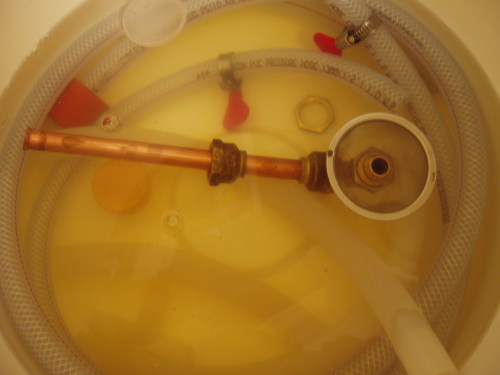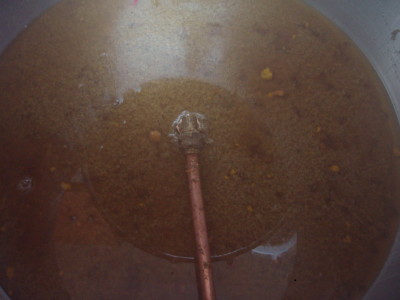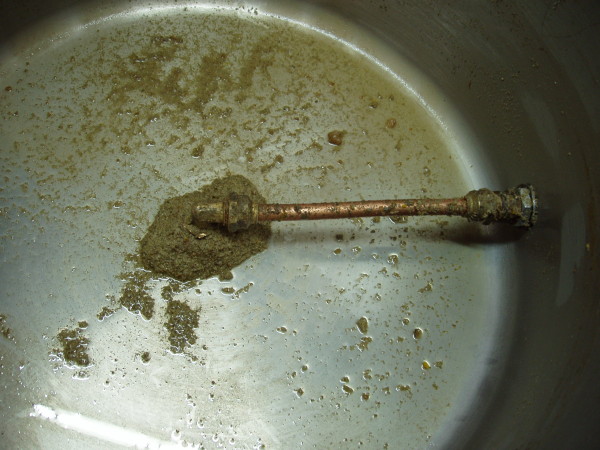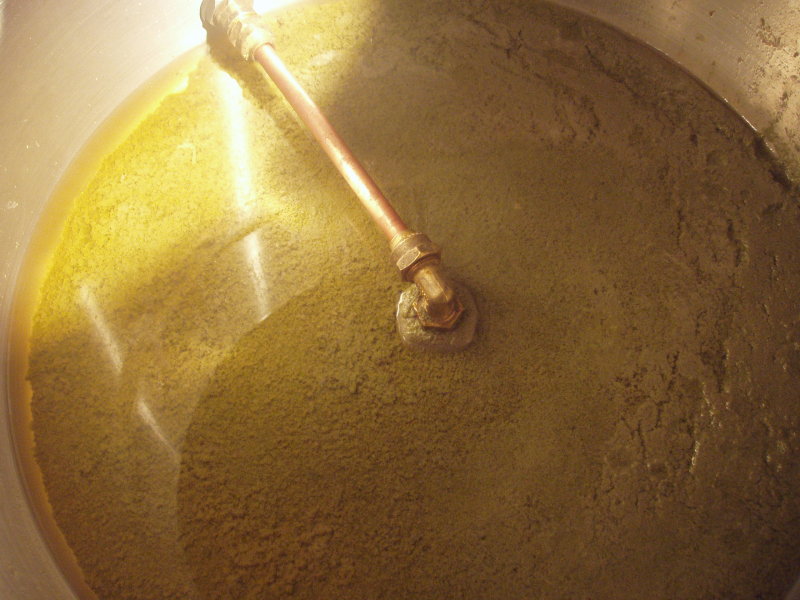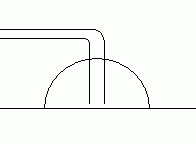reVoxAHB
Well-Known Member
- Joined
- 3/3/07
- Messages
- 1,112
- Reaction score
- 17
reVox... My guess is that a lot of the fines and flour can migrate through and under the false bottom as you mash in. Would have basically put a layer of mud around that secondary teaball screen you inserted underneath.
I've found with S/S false bottoms that you'll always need some degree of recirculation to set up the grain bed. When I used the 12 inch in my mash tun it took around 8-10 litres to achieve clarity. With the 9 inch I only need around half the amount.
Yep, you're spot on Warren.
We brew and learn :excl:
Sure hope it wasn't the crush... The Craphaus gives no money back guarantees. :lol:
Warren -
Hehe! You mean the Craphaus crush that gave me a 5% gain in efficiency?
I'll gladly take that, anyday.. no refund required
Cheers,
reVox






